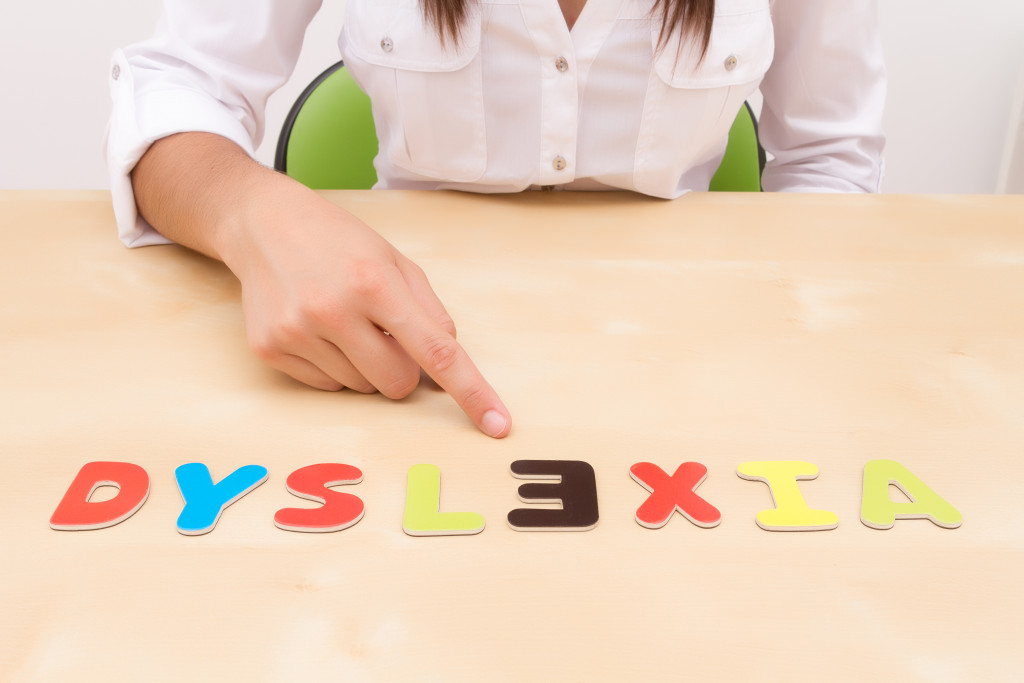Dyslexia is a neurological disorder that affects reading skills. It can make it difficult for children to read accurately and fluently. According to the Mayo Clinic, dyslexia occurs in children with normal intelligence and vision. There is no single cause of dyslexia, but it is believed to be caused by a combination of genetic and environmental factors. If your child has been diagnosed with dyslexia, you may wonder how you can help them learn. Here are five tips that may help.
1. Get Them Evaluated by a Specialist
The first step in helping your child with dyslexia is to get them evaluated by a specialist. A qualified educational psychologist or speech-language pathologist can help diagnose the extent of your child’s difficulty and recommend strategies for improving reading and writing skills. The evaluation will include tests of language, memory, thinking skills, reading accuracy and fluency, and written language.
A specialist evaluation is essential because it can help you understand your child’s strengths and weaknesses so that you can develop an appropriate learning plan. It is also helpful to identify any underlying challenges, like poor vision or hearing, that might contribute to reading difficulty.
2. Use Orton-Gillingham Methods
One of the most widely used and successful methods for helping children with dyslexia learn to read is Orton-Gillingham (OG). This method is based on multi-sensory learning and draws on phonemic awareness, auditory processing, visual perception, and motor coordination. OG instruction involves breaking down words into their sounds (phonemes), teaching children how to blend those sounds, and providing them with practice in reading and spelling.
This is effective because it focuses on the individual sounds of language rather than on whole words. This makes it easier for dyslexic children to learn how to decode and spell words. It also allows them to practice and build their reading skills at their own pace.
3. Use Assistive Technology
Using assistive technology can be a great way to help your child with dyslexia learn better. Assistive technologies include computer programs, apps, and tools designed to improve learning for individuals with cognitive or physical disabilities. For dyslexic children, these technologies can provide support in areas such as reading comprehension, writing, and word prediction. They can also help with spelling, phonemic awareness, and word recognition.
The following are some helpful examples of assistive technology and how they can help your child with dyslexia:
- Word processors: These help children with dyslexia type their work, correcting spelling errors and suggesting better words.
- Text-to-speech software: This reads text aloud so that children can hear how it is supposed to sound.
- Ebook readers: These devices make reading easier by allowing children to adjust the font size, spacing, and other features.
- Voice recognition technology: This helps children with dyslexia write by allowing them to dictate their thoughts aloud.
4. Encourage Them to Read Often
Reading is an essential skill for any student and is especially important for children with dyslexia. Reading helps to build vocabulary, develop comprehension skills, and improve fluency. Encourage your child to read regularly. This could include books, magazines, newspapers, or even online articles.
One tip to make reading more enjoyable is to choose materials that are of interest to your child. This could be books about their favorite hobby, sports teams, or anything else they like. You can also create a “reading corner” in the house where your child can relax and read without interruption. Choosing books at your child’s level is also essential, so they can read independently and without frustration. By doing so, your child will be more likely to develop a love of reading and make progress in their learning.
5. Encourage Therapy
Therapy can be an effective way to help your child with dyslexia learn better. It is essential to find a qualified therapist who has experience working with children with learning disabilities and understands the specific needs of dyslexic students.
Some of the most common therapies for dyslexic children include occupational therapy, speech-language therapy, and cognitive-behavioral therapy. Occupational therapy focuses on improving fine motor skills and handwriting, while speech-language therapy focuses on language development and reading comprehension. Cognitive-behavioral therapy helps children recognize patterns in their learning challenges and develop coping strategies.
In addition, various programs are designed specifically for learning-disabled students that can be used alongside therapy. These programs focus on developing strategies and techniques specifically tailored to the individual needs of a child with dyslexia. These learning solutions for disabilities are specifically designed to help dyslexic children with reading, writing, and other academic skills. This way, they can be better equipped to manage the challenges of dyslexia and succeed in the classroom.
In Closing
Helping your child with dyslexia learn how to read can be challenging, but it is possible. These five tips can help your child succeed and gain the confidence they need to become successful readers. With patience, dedication, and the right support, you can help your child reach their full potential.




